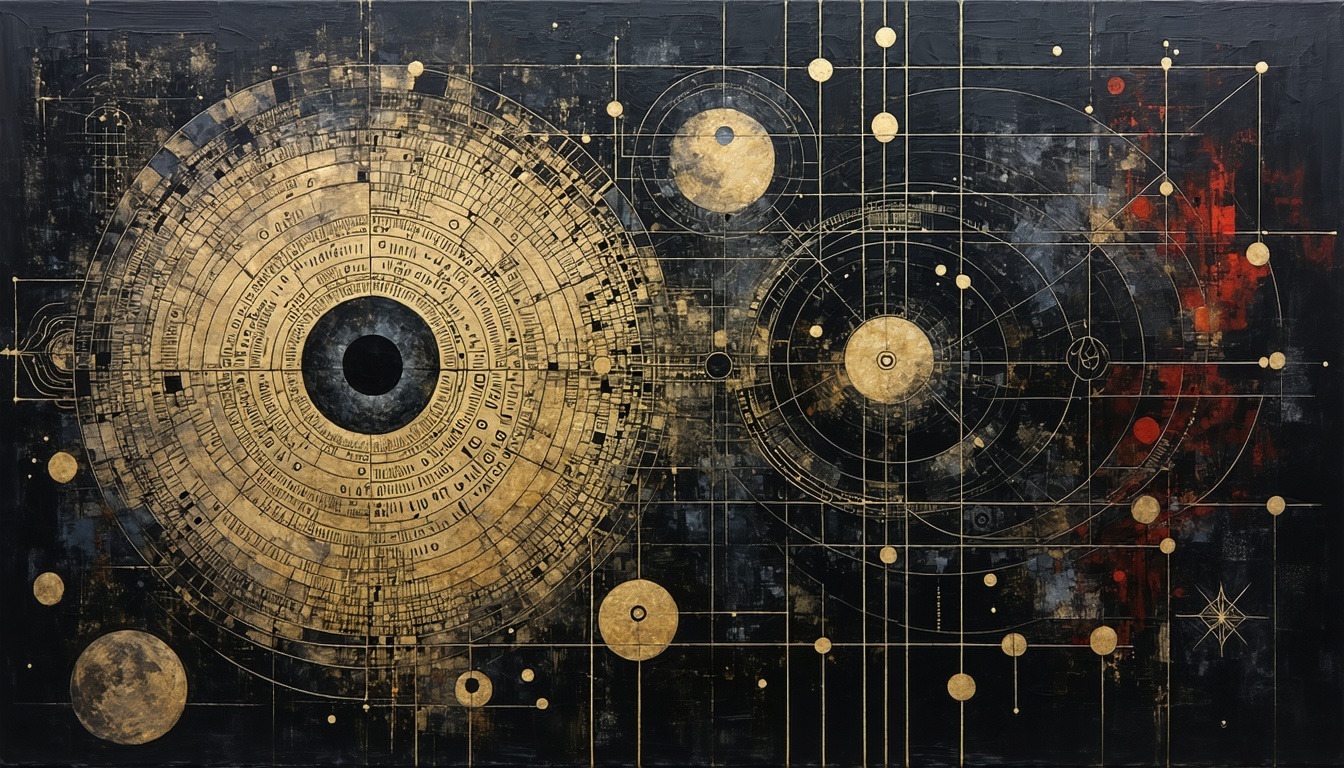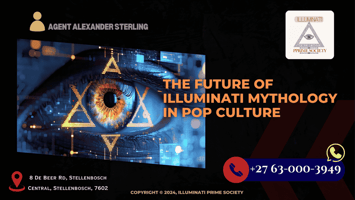Are your favorite artists part of a secret society? Dive into the intriguing world of Illuminati...
Illuminati Influence: Unveiling Hidden Symbols in Modern Art

Unveiling the enigmatic connections between the Illuminati and modern art, this blog dives into the covert influences and hidden symbols that may link secret societies to contemporary artistic expressions.
To guide you deeper into the Illuminati ecosystem, talk to us:
-
“Ready to share your success story?” → Contact Form
-
“Learn directly from Agent Alexander Sterling” → Agent’s Blog
-
“Speak privately about your path” → Talk to Agent on WhatsApp ✅
- “Explore more member journeys” → /illuminati-member-testimonials
- "Illuminati in Modern Culture" → /illuminati-modern-culture
The Historical Background of the Illuminati
The Illuminati, originally founded in 1776 by Adam Weishaupt in Bavaria, was a clandestine society aimed at promoting Enlightenment ideals such as reason, secularism, and freedom of thought. Over time, the group became shrouded in mystery, leading to various conspiracy theories about their influence on global events and culture.
Although the Bavarian Illuminati was officially disbanded in the late 18th century, the concept of a powerful, secret society has persisted in popular culture. This enduring mythos has led many to speculate about the Illuminati's continued presence and influence, particularly in the realms of media, politics, and art.
Symbolism and Hidden Messages in Modern Art
Modern art is often rife with symbolism, some of which is overt and some that is more obscure. Advocates of the Illuminati's influence in modern art argue that many works contain hidden messages and symbols that point to the presence of secret societies.
Commonly cited symbols include the all-seeing eye, pyramids, and various forms of geometric shapes. These elements are often interpreted as nods to the Illuminati's supposed power and influence, woven subtly into the fabric of contemporary artistic expressions.
Notable Artists Allegedly Linked to the Illuminati
Over the years, several prominent artists have been rumored to have ties to the Illuminati. Figures such as Pablo Picasso, Salvador Dalí, and even contemporary artists like Banksy have been subjects of speculation due to the mysterious and often provocative nature of their work.
While there is no concrete evidence to substantiate these claims, the persistent rumors underscore the allure and intrigue that the concept of the Illuminati holds in the public imagination. These artists' works are often scrutinized for signs of hidden meanings and esoteric symbolism.
Art Movements Influenced by Secret Societies
Various art movements throughout history have been linked to the influence of secret societies. The Surrealist movement, for example, with its focus on the unconscious mind and dream imagery, is often cited as being inspired by esoteric and occult traditions.
To guide you deeper into the Illuminati ecosystem, talk to us:
-
“Ready to share your success story?” → Contact Form
-
“Learn directly from Agent Alexander Sterling” → Agent’s Blog
-
“Speak privately about your path” → Talk to Agent on WhatsApp ✅
- “Explore more member journeys” → /illuminati-member-testimonials
- "Illuminati in Modern Culture" → /illuminati-modern-culture
Similarly, the Symbolist movement of the late 19th century drew heavily on mysticism and the metaphysical, incorporating symbols and themes that some believe point to the influence of groups like the Illuminati. These connections, while speculative, highlight the interplay between art and the hidden currents of thought that have shaped human history.
Debunking Myths: Separating Fact from Fiction
While the idea of the Illuminati's influence on modern art is fascinating, it's crucial to approach these claims with a critical eye. Many of the symbols and themes attributed to the Illuminati have broader historical and cultural contexts that predate the society's founding.
Moreover, the allure of secret societies often leads to overinterpretation and sensationalism. While it's possible that some artists were influenced by esoteric ideas, the evidence of a coordinated, Illuminati-driven agenda in modern art remains tenuous at best. As with any historical inquiry, separating fact from fiction requires careful consideration and a healthy dose of skepticism.
.png?width=100&height=100&name=Illuminati%20Prime%20Society%20Logo%20(1).png)


